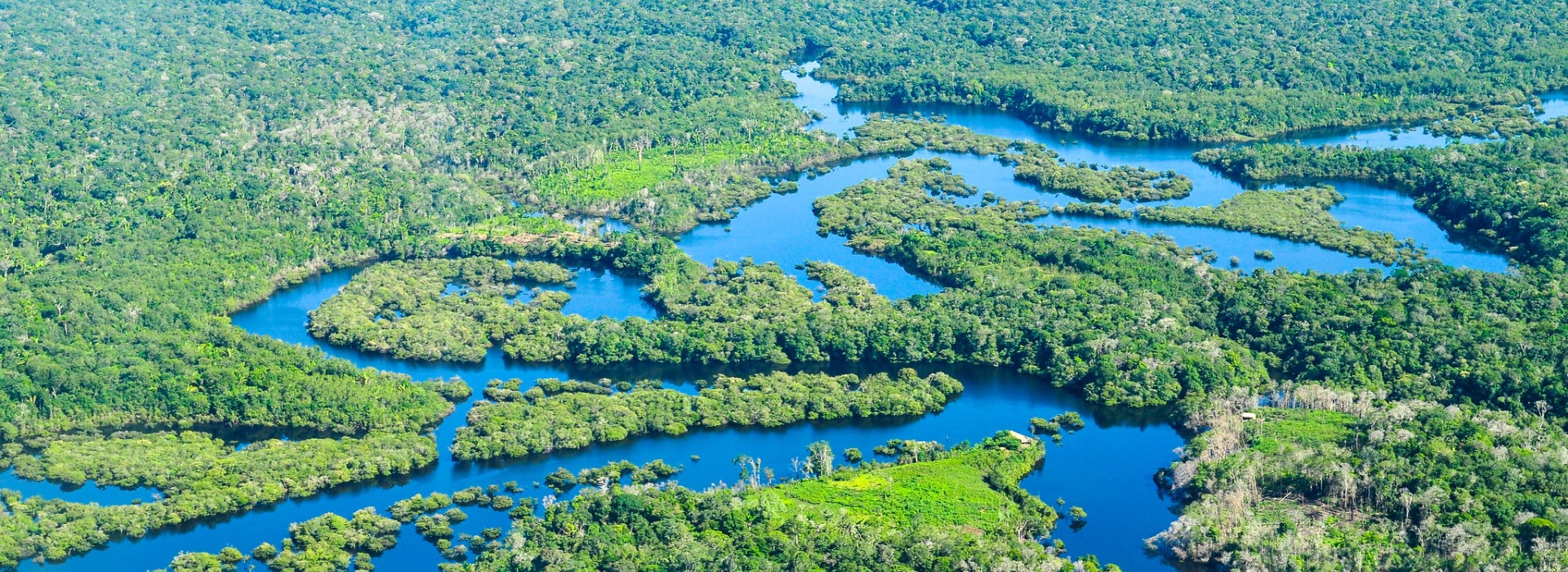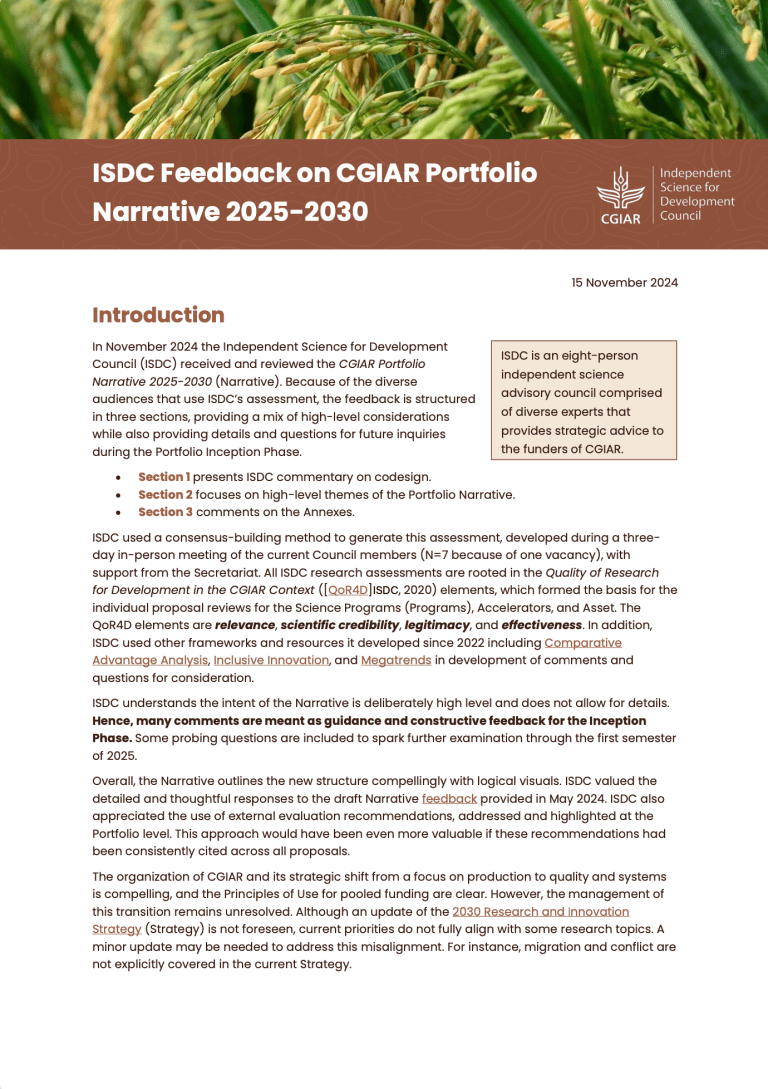While the Independent Science for Development Council (ISDC) is exploring the co-design of a 2022-24 Science Forum series on Innovation in support of the One CGIAR Research and Innovation Strategy and Initiative portfolio, it is worth recalling the last Science Forum (SF18), themed: "Win more, lose less: Capturing synergies between SDGs through agricultural research." SF18 was organized by the Independent Science and Partnership Council (ISPC), the predecessor to ISDC, and co-hosted by the South African Agricultural Research Council on October 10-12, 2018, at Stellenbosch, South Africa.
The objective of SF18 was to identify substantial interactions between the Sustainable Development Goals (SDGs) and the role of agricultural research in augmenting synergies and managing trade-offs, and the ensuing implications for the science-policy interface. Results contributed to the reflection on developing research themes and frameworks towards One CGIAR. This blog originates from a SF18 background paper on Siloes, Trade-Offs and Synergies in the Water-Energy-Food Nexus, published in a peer-reviewed journal afterwards (link).
There are several misconceptions in Agriculture Research for Development (AR4D) that are responsible for a divergence between the outcomes of international public goods research and policy outcomes such as incidence of food insecurity, intensity of global shortages of potable water, and frequency of climate-induced displacement of people. AR4D literature belies a misguided belief in Randomized Control Trials (RCTs) that aims to test the efficacy of technical options such as integrated soil fertility management and conservation agriculture in addressing policy challenges of soil erosion, water quality decline, and deforestation. But there are several reasons to be skeptical about RCTs as described below.
1. A synthesis of case studies commissioned by the Standing Panel on Impact Assessments (SPIA) in 2018 revealed that uptake of several promising technologies to be remarkably low - in the range of between 1-10% (link).
2. There is a growing recognition that the uptake of promising technologies identified through experimental trials can be aided by an improved understanding of the role of political economy trade-offs that are embedded in prices in factor and product markets, land-sub-division especially in high-density tropics, and greater diversion in water use away from agriculture towards urban water supply (link).
3. It also is becoming apparent that there is a need to revise viewpoints regarding the merits of foresight analysis in informing feedback arising from data and environmental models (link).
The following brief explanation of the above three points highlights the significance of the paper that was commissioned for presentation at the SF18.
First, a study on water reuse in agriculture that informed the development and pilot-testing of a monitoring methodology for the SDG target related to improving water quality (SDG 6.3) revealed that it is critical to distinguish among biophysical scale resource use perspectives regarding recycle, reuse, and reduce the administrative scale compulsions regarding the affordability, adequacy, and reliability of public services (such as water supply and irrigation). Very often poor uptake of technical options can be explained by an absence of infrastructure (markets and transport), financing options, and the risks imposed by a lack of information about trends in weather conditions and crop prices.
Second, with a growing expansion of non-farm employment and urbanization there has been a secular decline in agricultural terms of trade globally, making farming a less attractive proposition.
Third, there is growing disappointment with the prospect of planning for the future based on projections about past conditions of resource availability and agency and individual behavior that both deserve serious re-consideration.
Our research revealed that far more important than data availability and indicator selection was the challenge of research framing in AR4D. In this regard we found that environmental backcasting offers several promising pathways based on imaginative use of typologies and composite indices in sustainability research that are worth exploring. This is true also considering the potential of machine learning, artificial intelligence, and earth observations to inform discussions.
The implication of this discussion is manifold and could be pertinent for the re-design of a CGIAR wide system on Monitoring, Evaluation and Learning (MEL) for Development (MELD). In line with the expressed purpose of positioning CGIAR as a learning organization (link), one may consider the vast array of data available across CGIAR Centers, which the CGIAR Platform for Big Data in Agriculture aimed to harness for an unrestricted discoverability of linked open datasets. How can the value of existing CGIAR datasets be enhanced to identify pathways to connect more effectively with policy processes? An evaluation of the CGIAR Big Data Platform provides some pointers. Further, what additional skills are needed for CGIAR scientists to incorporate systematic institutional analysis of bio-physical processes to enhance the prospects of real-world impact? Finally, how can the re-design of a robust MELD system be linked to a network of regional National Research and Extension Services (NARES) to enhance their capacity to monitor progress towards the SDGs?
Institute for Science, Technology and Public Policy (ISTPP) Fellow, Bush School of Government & Public Service, Texas A&M, College Station, TX, United States.
Subject-Matter expert on the external evaluation of the CGIAR Big Data in Agriculture Platform.



